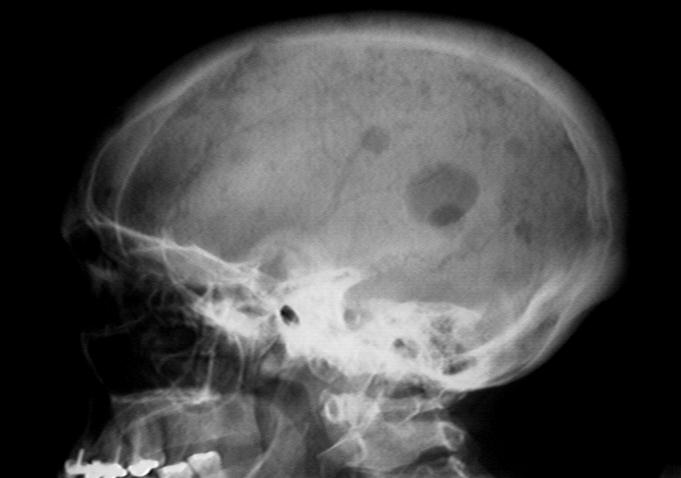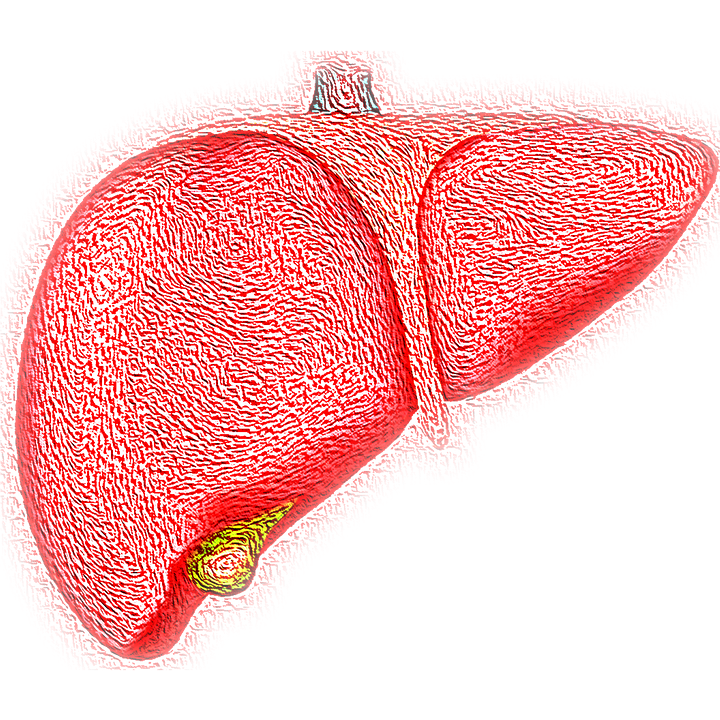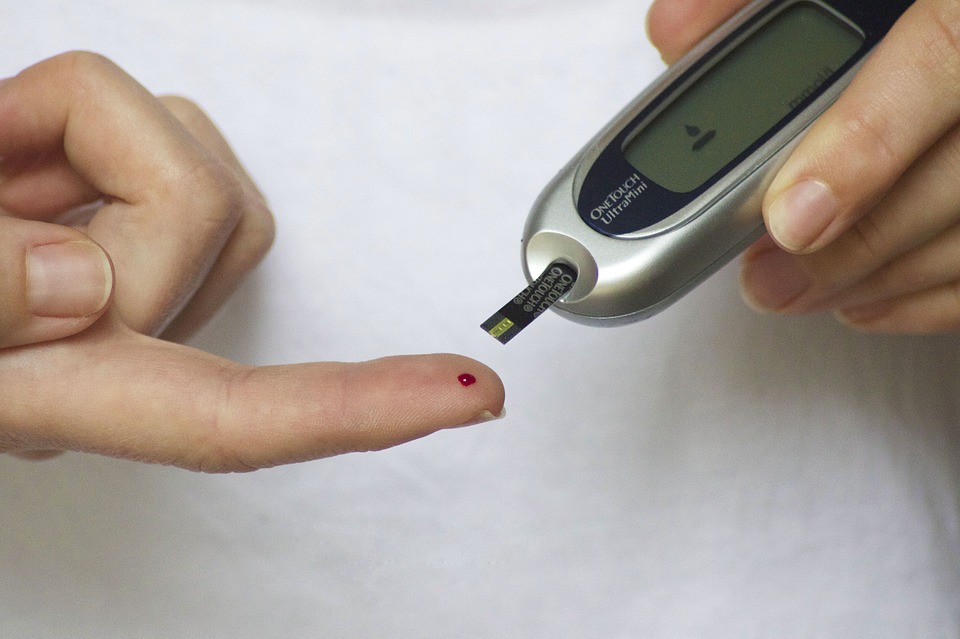Cardiomyopathy, atrial fibrillation, and thrombocytopenia – Dx?
This is another interesting case of 32 years of age female, a diagnosed case of cardiomyopathy, who was admitted in our ward with a petechial skin rash which developed after she was prescribed rivaroxaban by a cardiologist for atrial fibrillation. History of the patient … The patient was labeled as a case of cardiomyopathy for …
Cardiomyopathy, atrial fibrillation, and thrombocytopenia – Dx? Read More »









